Pollinators play a vital role in global agriculture, ensuring the growth of crops that feed both humans and livestock. Many species responsible for this essential task are now endangered due to habitat loss, pesticide use, and climate change. Protecting these creatures is crucial to maintaining food security worldwide. Below are some of the most important pollinators currently facing population declines.
Honey Bee (Apis mellifera)
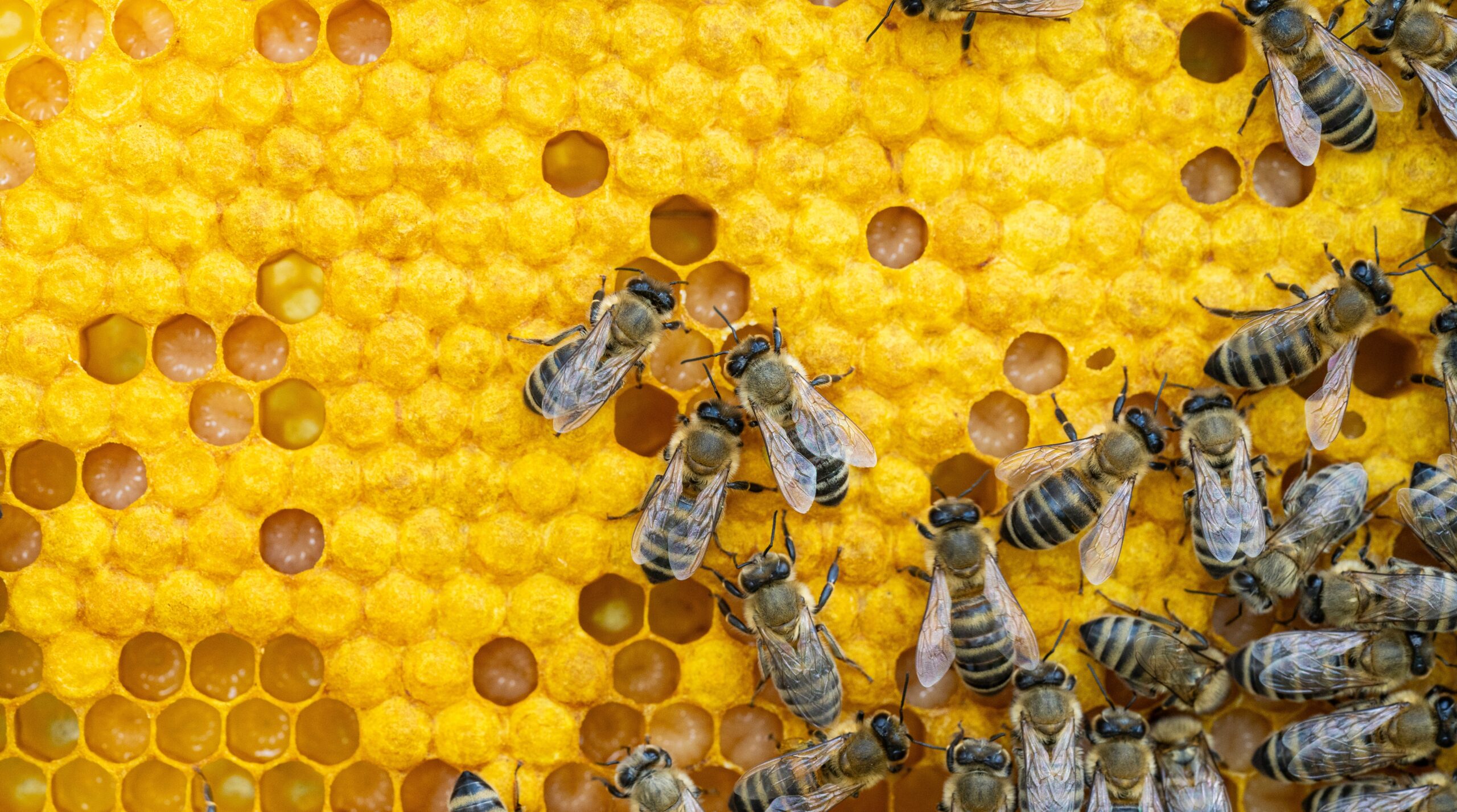
Honey bees are among the most recognized pollinators globally. They are essential for pollinating crops like almonds, apples, and many other fruits and vegetables. Recent reports indicate a concerning decline in honey bee populations, primarily due to colony collapse disorder, pesticides, and habitat loss. Current estimates suggest a global population of around 2 trillion individuals, but managed colonies are struggling to thrive in many regions. Their pollination services are valued at billions of dollars annually, making their conservation critical.
Bumblebee (Bombus spp.)
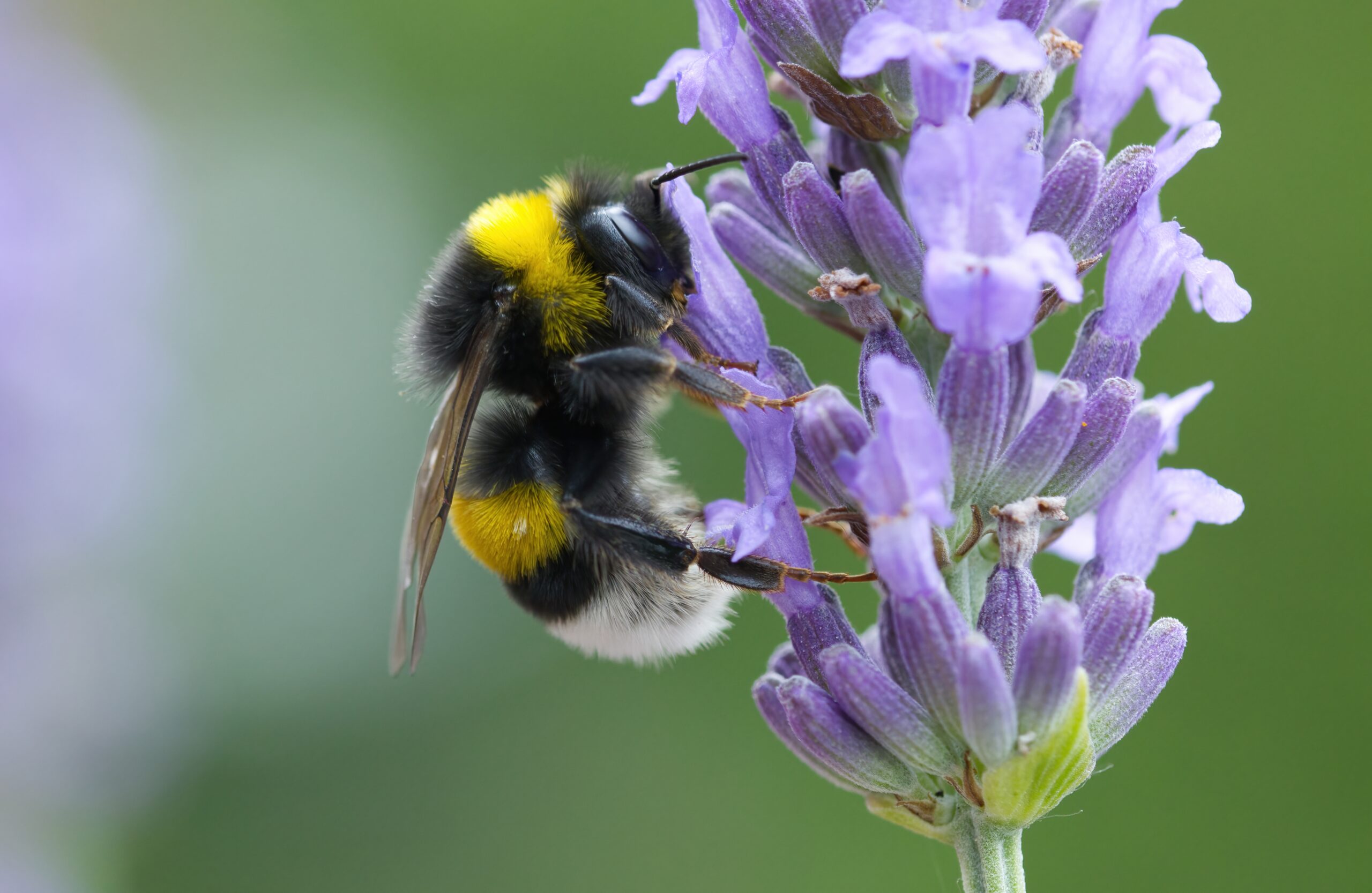
Bumblebees are effective pollinators due to their large size and ability to perform “buzz pollination,” which is crucial for plants like tomatoes and blueberries. Despite their importance, many species of bumblebees have experienced significant population declines. Factors such as pesticides, climate change, and habitat destruction have caused their numbers to dwindle. Globally, there are over 250 species of bumblebees, but a growing number are endangered. Protecting their habitats and reducing pesticide use could help prevent further decline.
Monarch Butterfly (Danaus plexippus)
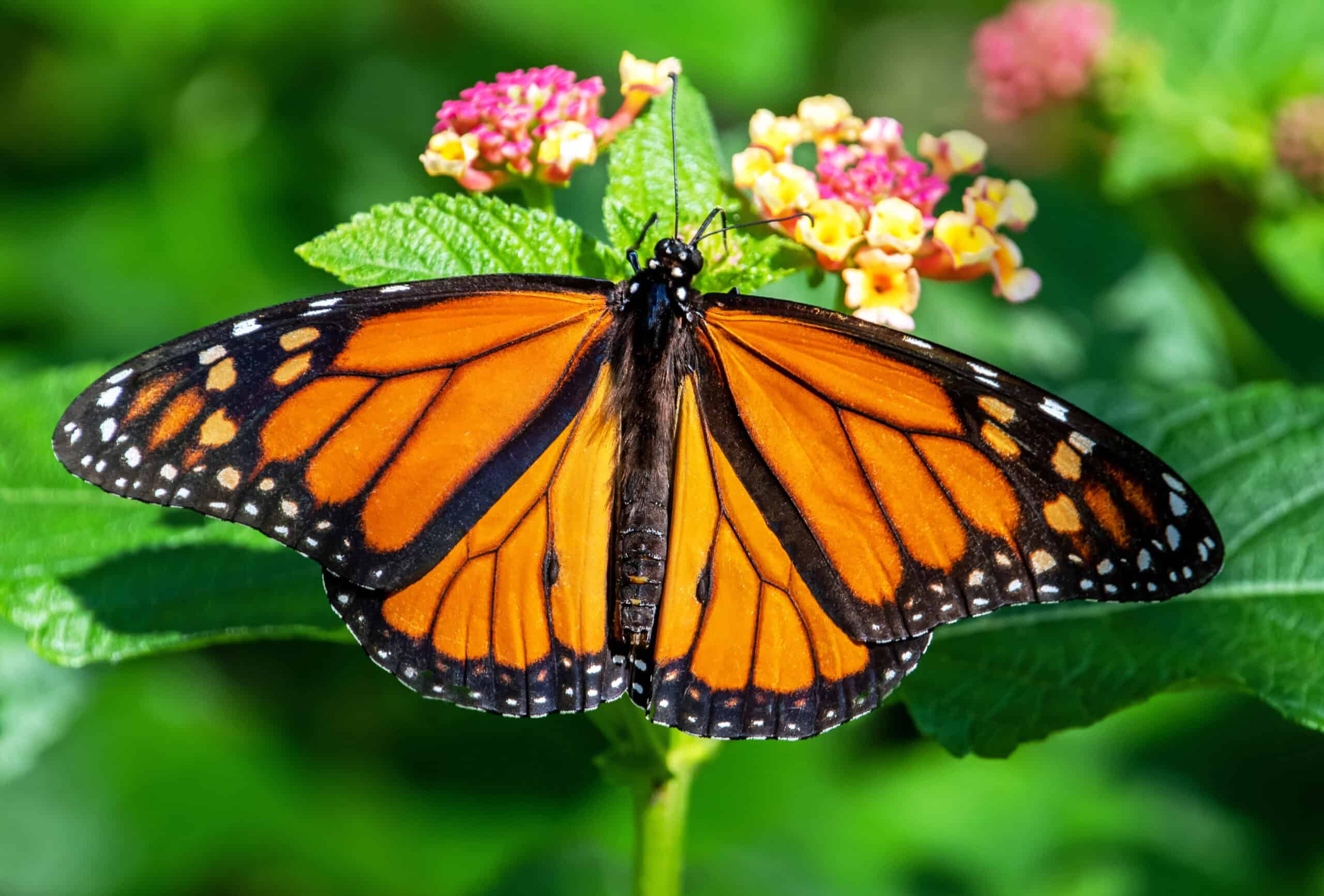
The monarch butterfly is famous for its migration across North America, and its pollination efforts help a variety of wildflowers. Monarch populations have drastically decreased over the last few decades. Habitat loss, particularly the destruction of milkweed (their host plant), and climate change are major contributors. Current estimates show that the eastern population has declined by around 80% since the 1990s, while the western population has dropped by over 90%. Urgent conservation efforts are needed to protect this species.
Rusty Patched Bumblebee (Bombus affinis)
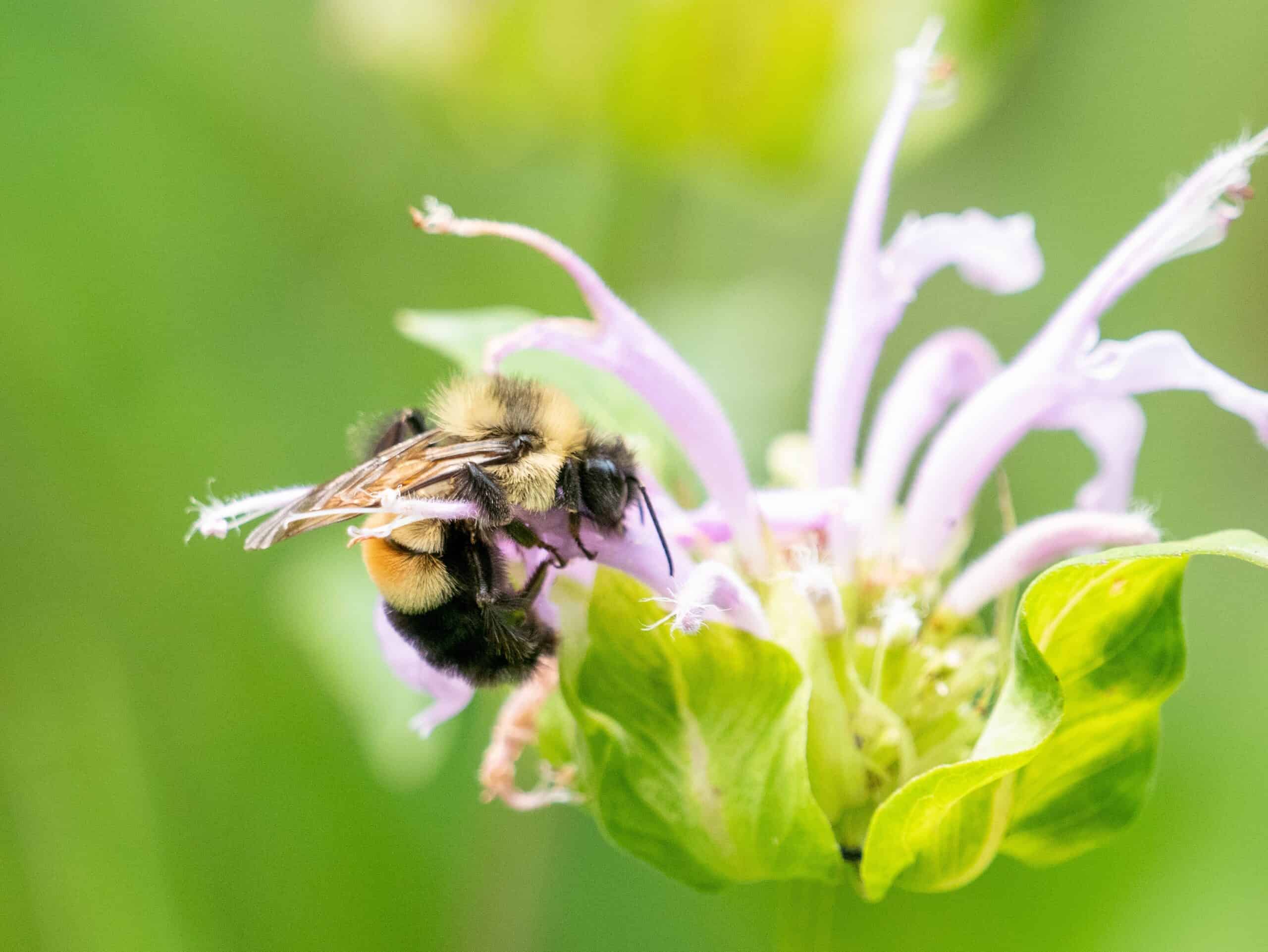
Once widespread in North America, the rusty patched bumblebee is now critically endangered. Habitat loss, pesticide exposure, and disease have driven a sharp decline in their population. Today, less than 1% of its historical range is occupied. The U.S. Fish and Wildlife Service has listed the rusty patched bumblebee as endangered, and efforts are underway to restore its habitat and limit pesticide use. Its population continues to hover at dangerously low levels, making it one of the most at-risk pollinators.
Carpenter Bee (Xylocopa spp.)
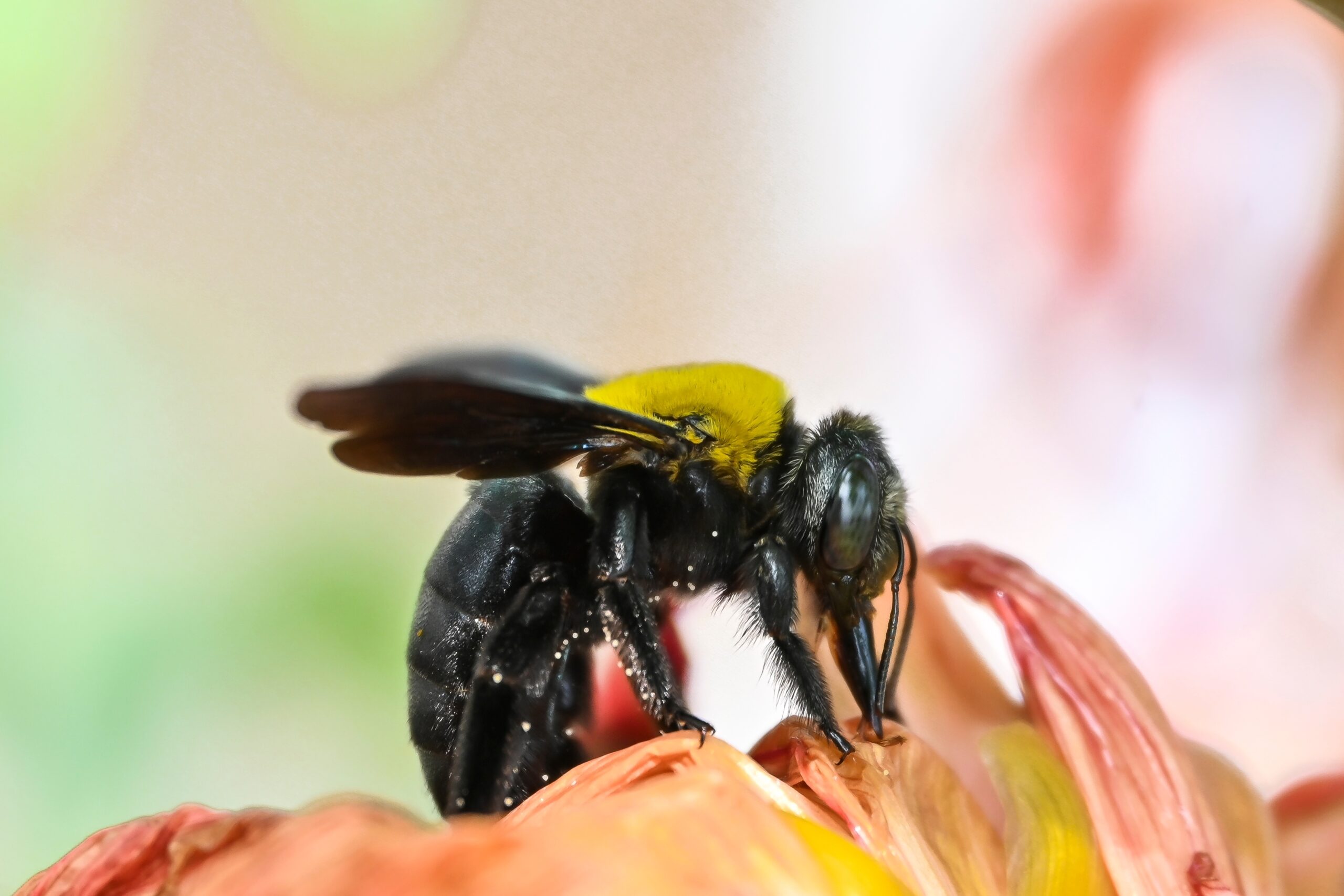
Carpenter bees are large, solitary bees known for their impressive ability to drill into wood to create nests. These bees are essential pollinators for several wildflowers and some crops, especially in tropical and subtropical regions. While not as endangered as other bees, some carpenter bee species are facing localized population declines due to habitat destruction and pesticide exposure. Protecting their nesting sites and reducing harmful chemicals are vital steps toward their preservation.
Leafcutter Bee (Megachile rotundata)
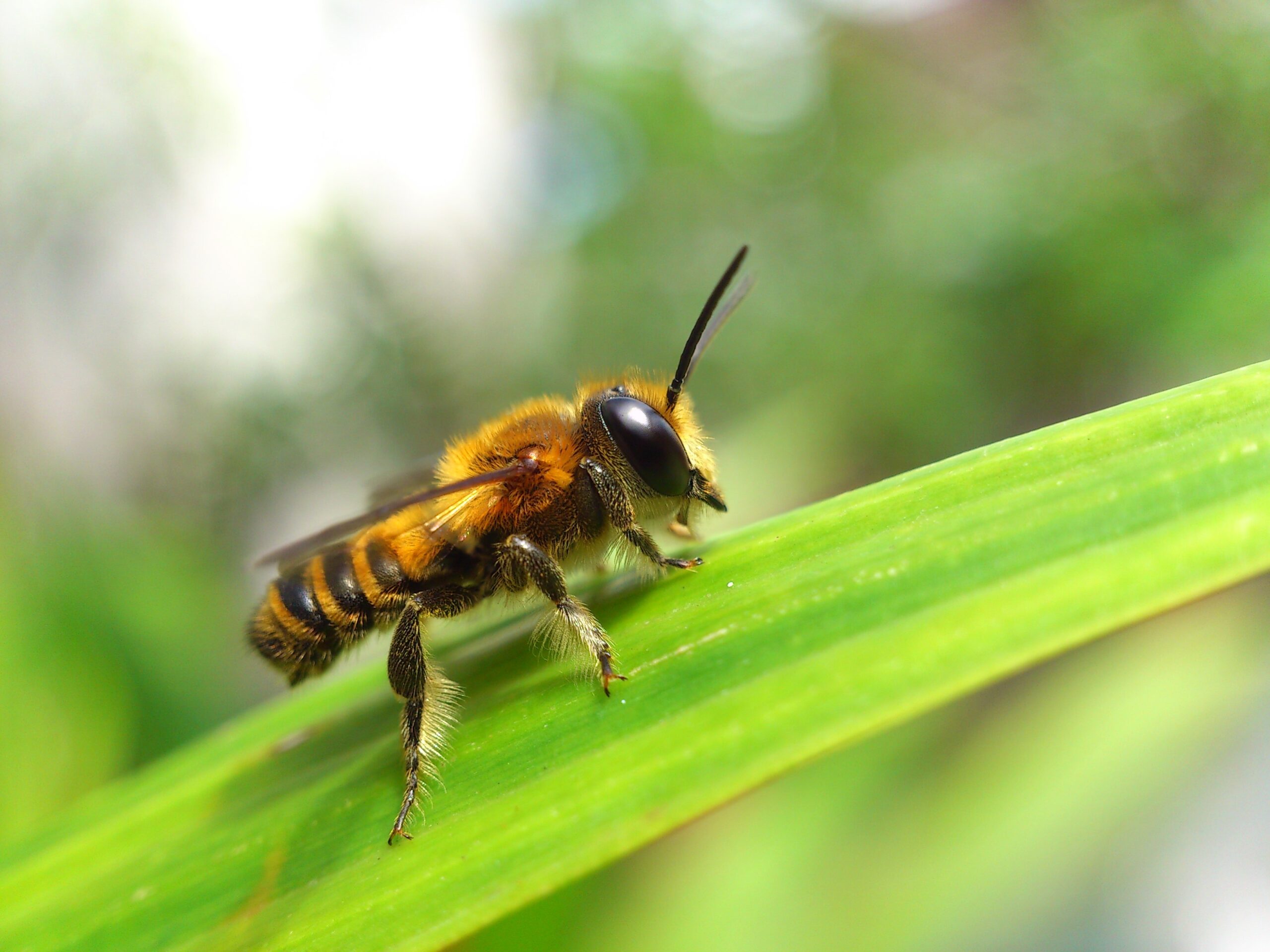
Leafcutter bees are solitary pollinators, often used in agriculture for alfalfa and other crops. They cut small circular pieces from leaves to construct their nests, playing a crucial role in ecosystem balance. Despite their importance, leafcutter bee populations are under pressure due to habitat loss and intensive farming practices. Though their exact population numbers are hard to estimate, many regions have reported declines. Supporting diverse habitats and reducing chemical use can help this important species recover.
Sweat Bee (Halictidae family)

Sweat bees are small, metallic-colored bees that thrive in a variety of environments. They play a significant role in pollinating wild plants and crops. However, pesticide use, climate change, and habitat degradation have led to declines in their populations. Sweat bees are widespread, with over 1,000 species found globally, but many are now facing increasing threats. Protecting wildflower meadows and reducing pesticide applications are key to maintaining their populations.
Hoverfly (Episyrphus balteatus)

Hoverflies, particularly Episyrphus balteatus, are essential for pollinating various crops and flowers. Known for their mimicry of bees and wasps, these insects help in the pollination of vegetables like carrots and onions. Their populations are currently under pressure due to habitat loss, pesticide use, and changing climate patterns. While exact population numbers are hard to estimate, some regions have reported significant declines. Hoverflies are especially valuable because they also control pests by feeding on aphids in their larval stage.
Red Mason Bee (Osmia bicornis)
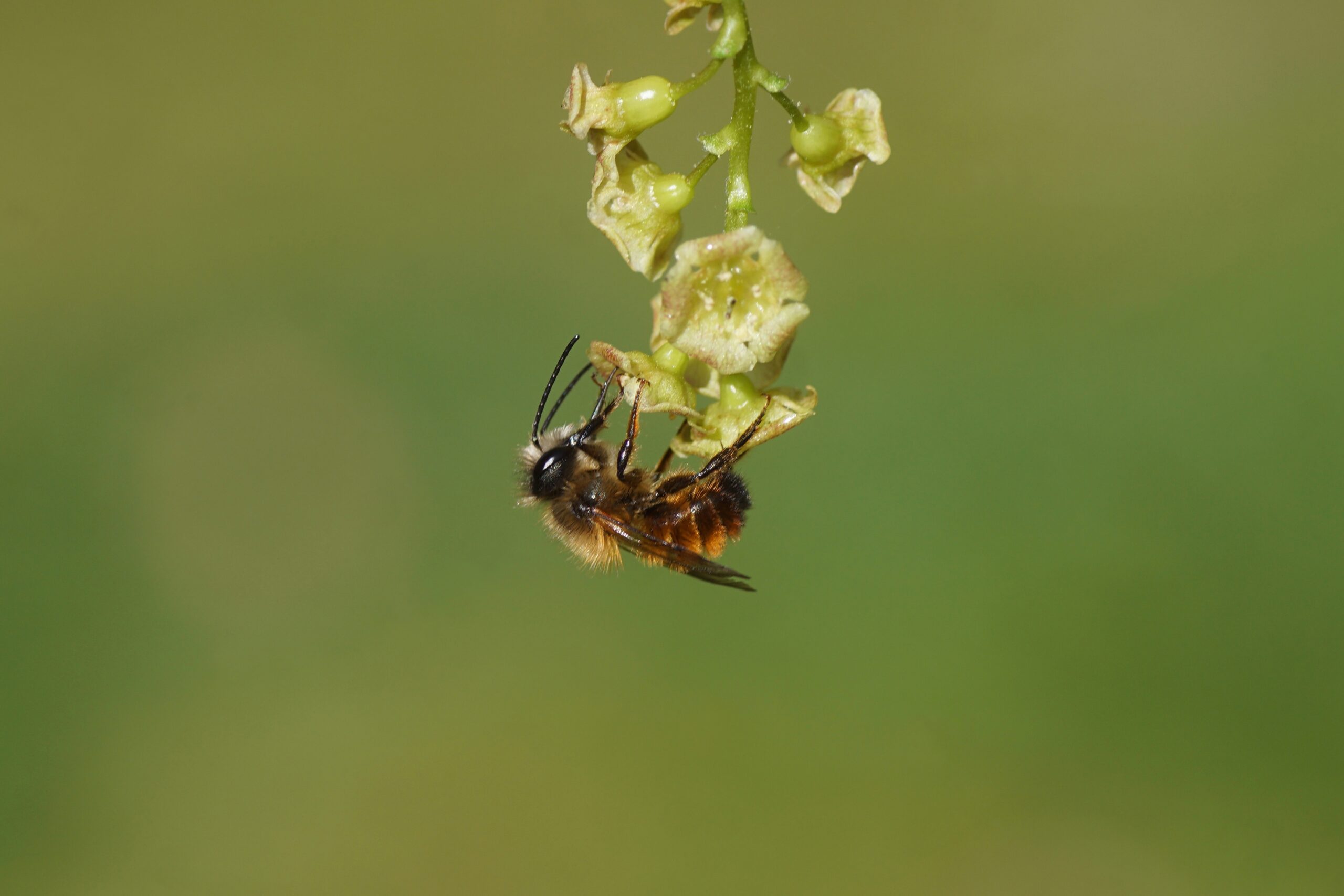
The red mason bee is a solitary species that excels at pollinating fruit trees, especially apples and cherries. These bees are non-aggressive and are efficient pollinators, often outperforming honey bees in small areas. In recent years, their populations have decreased due to habitat loss and pesticides. Current estimates indicate a strong regional decline in parts of Europe and the UK, where they are most common. Protecting their nesting habitats and reducing chemical exposure are crucial for their survival.
European Honey Bee (Apis mellifera ligustica)
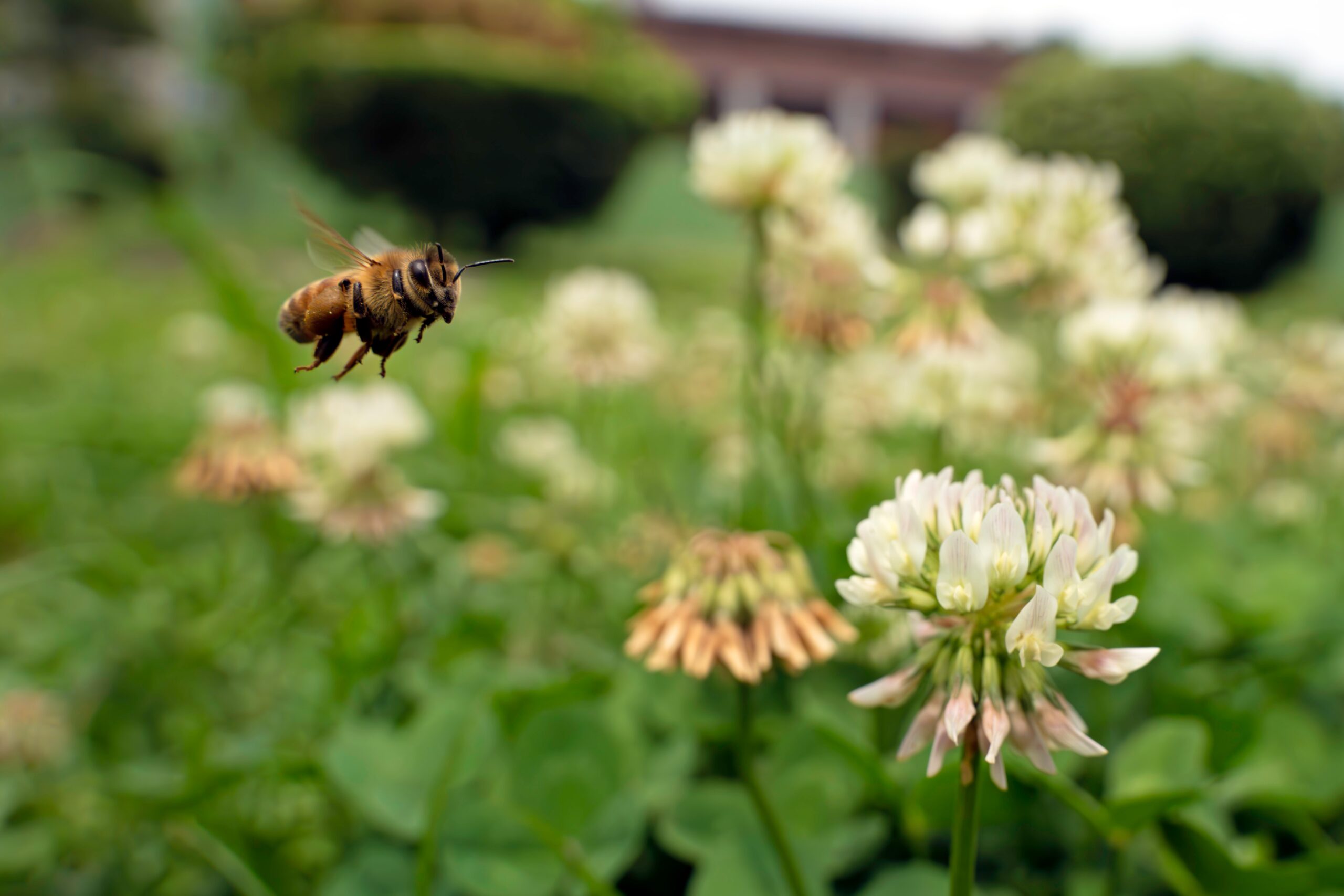
The European honey bee, a subspecies of the western honey bee, is renowned for its role in agriculture. They are responsible for pollinating numerous crops, including fruits, vegetables, and nuts. Unfortunately, their populations have been declining due to colony collapse disorder, disease, and pesticide exposure. Managed colonies still exist in high numbers, but wild populations are under significant stress. Estimates suggest that the number of managed colonies remains in the millions, but wild bees are faring far worse.
Long-horned Bee (Melissodes spp.)
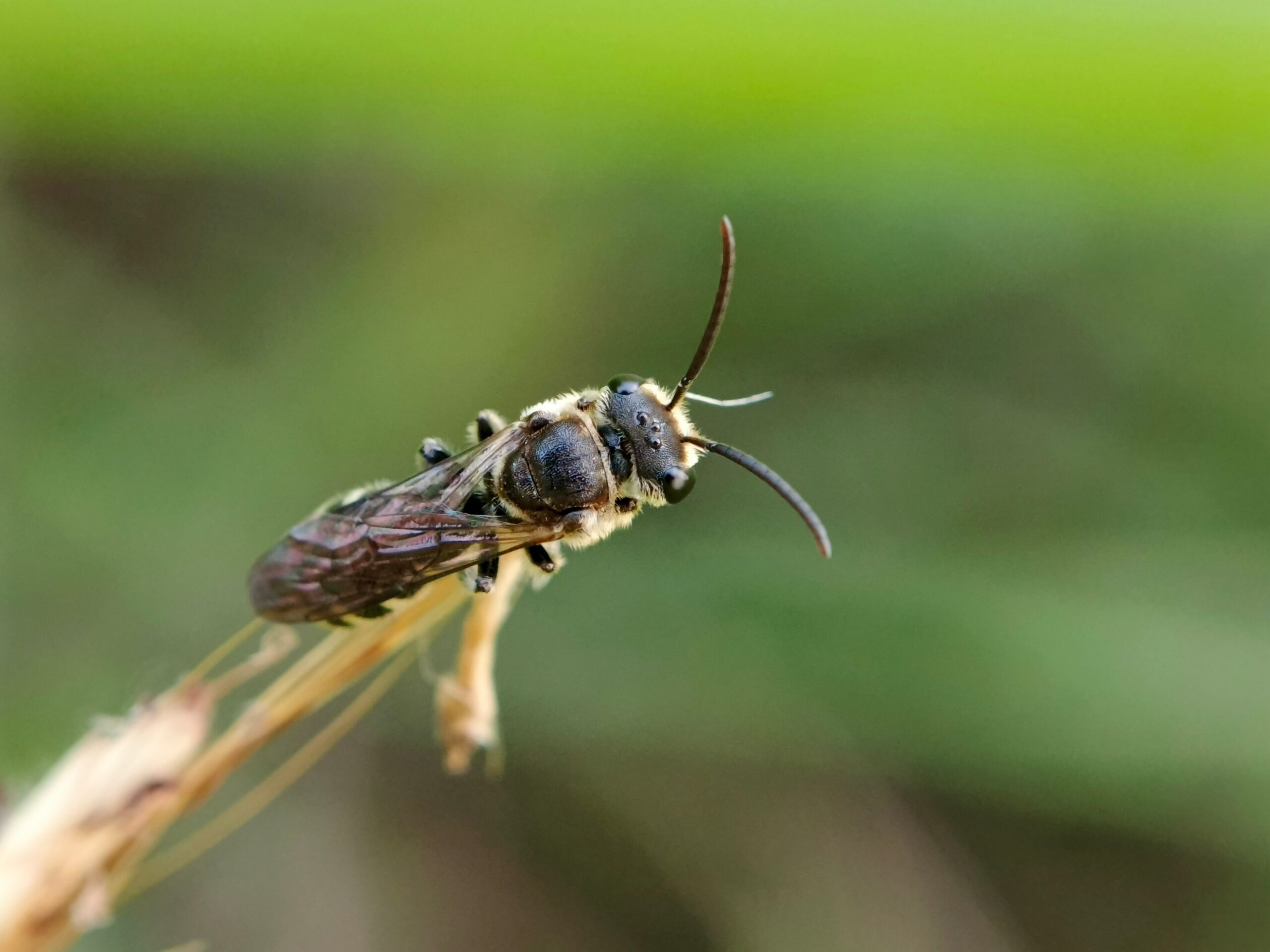
Long-horned bees are solitary pollinators known for their long antennae and ability to pollinate wildflowers and crops like sunflowers. These bees are critical for maintaining plant diversity in ecosystems. Unfortunately, many species in the Melissodes genus are facing habitat destruction and pesticide exposure, leading to population declines. Their numbers are difficult to measure precisely, but evidence shows that their range is shrinking in some areas. Protecting wildflower habitats and reducing pesticide use can help them recover.
Yellow-faced Bee (Hylaeus spp.)

Yellow-faced bees, small and often overlooked, are important pollinators for native plants. Unlike many bees, they do not carry pollen on their bodies but instead swallow it to transport to their nests. Habitat destruction and invasive species have caused sharp declines in their populations, particularly in Hawaii, where several species are now endangered. Exact population numbers are difficult to track, but the trend is concerning. Conservation efforts are essential to protect these bees from extinction.
Lesser Long-nosed Bat (Leptonycteris yerbabuenae)
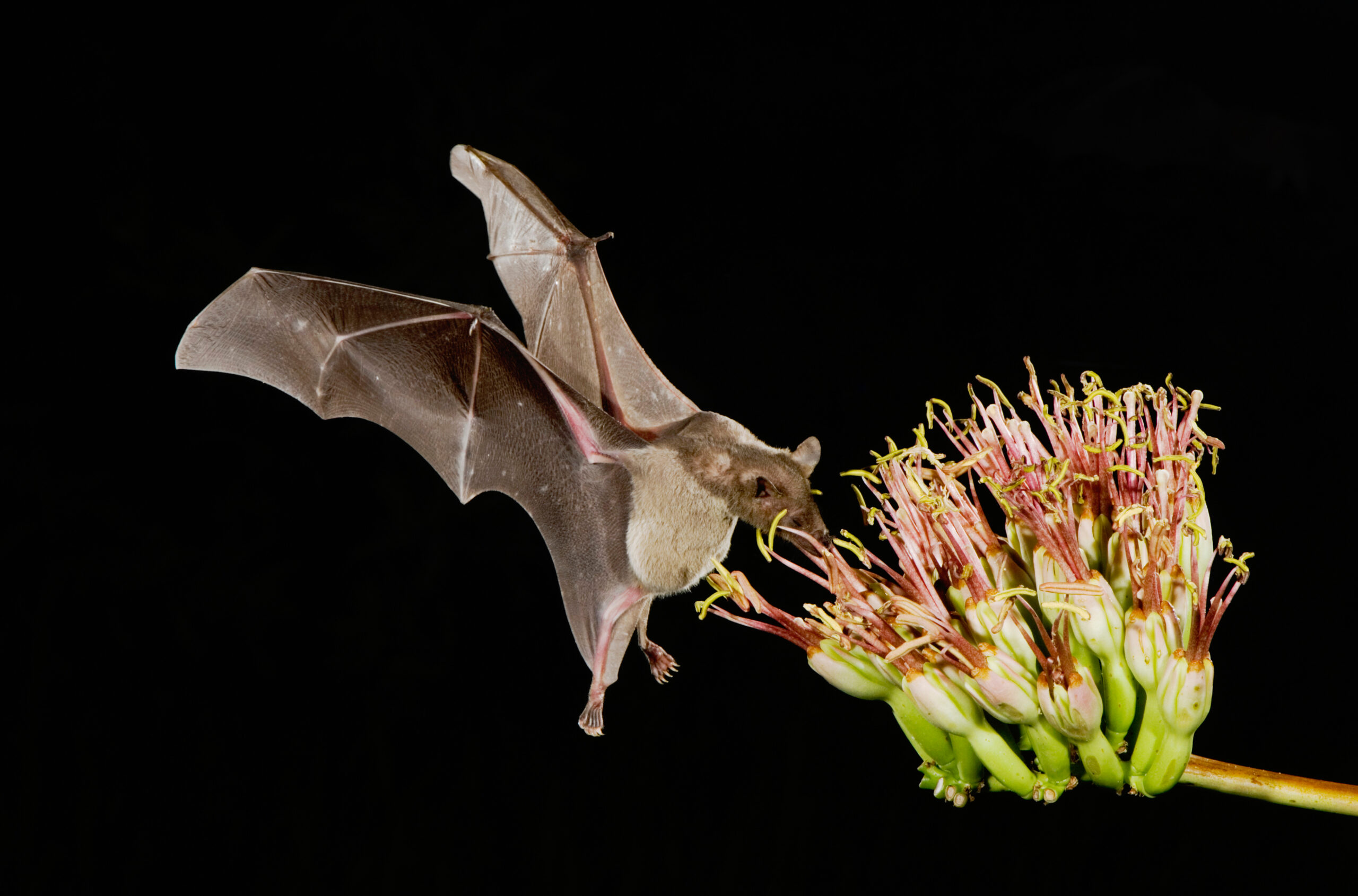
The lesser long-nosed bat is an essential pollinator in desert ecosystems, particularly for plants like agave and cacti. These bats feed on nectar and help in the reproduction of many desert plants. Habitat loss, roost destruction, and climate change have put them at risk. Their population was once critically endangered but has since improved with conservation efforts, now numbering around 200,000 individuals. Continued protection of their natural habitats remains key to their survival.
Blue Orchard Bee (Osmia lignaria)
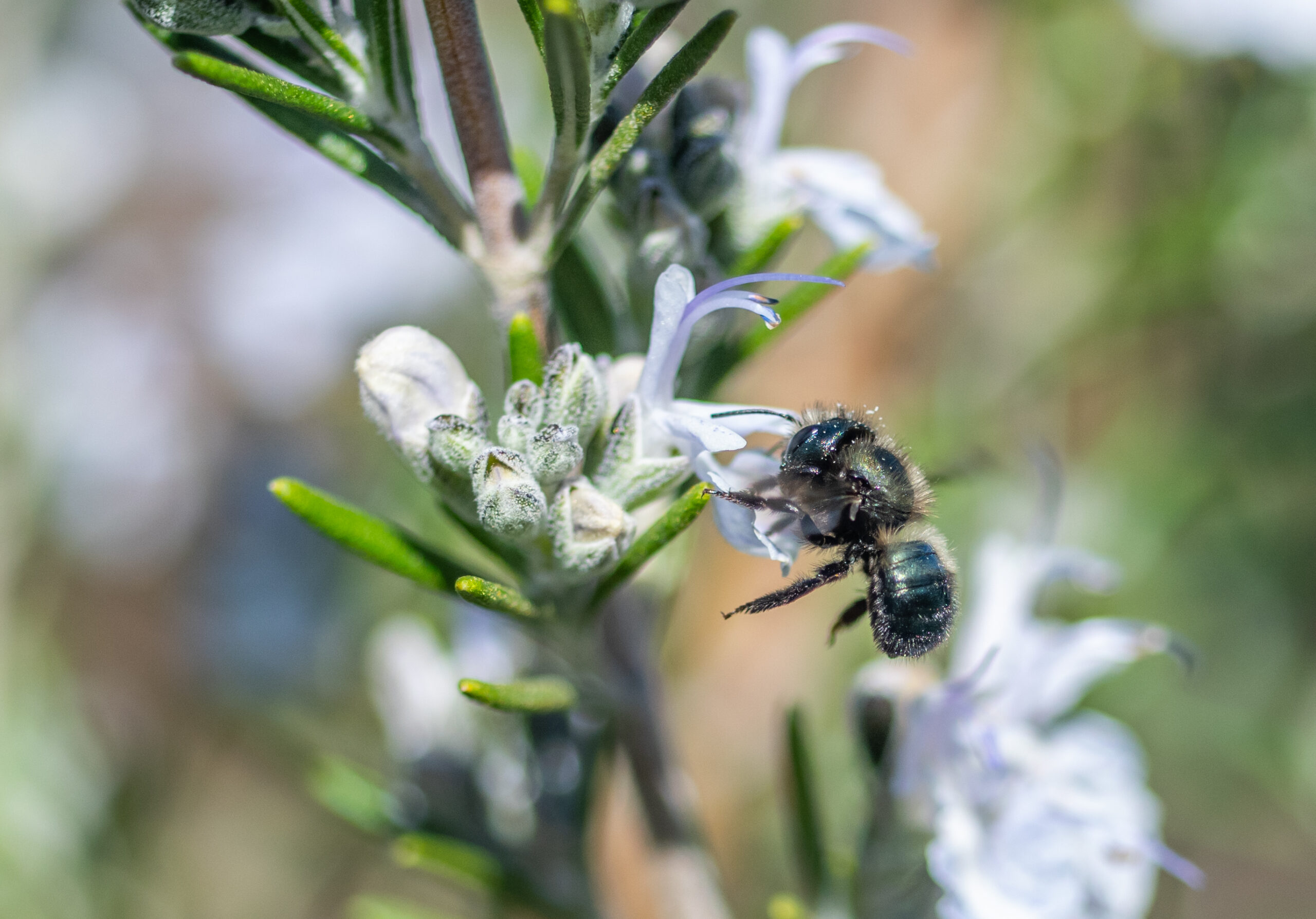
The blue orchard bee is a solitary pollinator known for its excellent efficiency in pollinating fruit trees, particularly apples, cherries, and almonds. Unlike honey bees, these bees don’t live in large colonies, making them more vulnerable to habitat loss and pesticides. Their populations are declining in many regions of North America, though they are still used in managed agricultural systems. Estimates show their numbers are dropping due to the same pressures affecting many solitary bee species, including habitat degradation and disease.
Greater Wax Moth (Galleria mellonella)
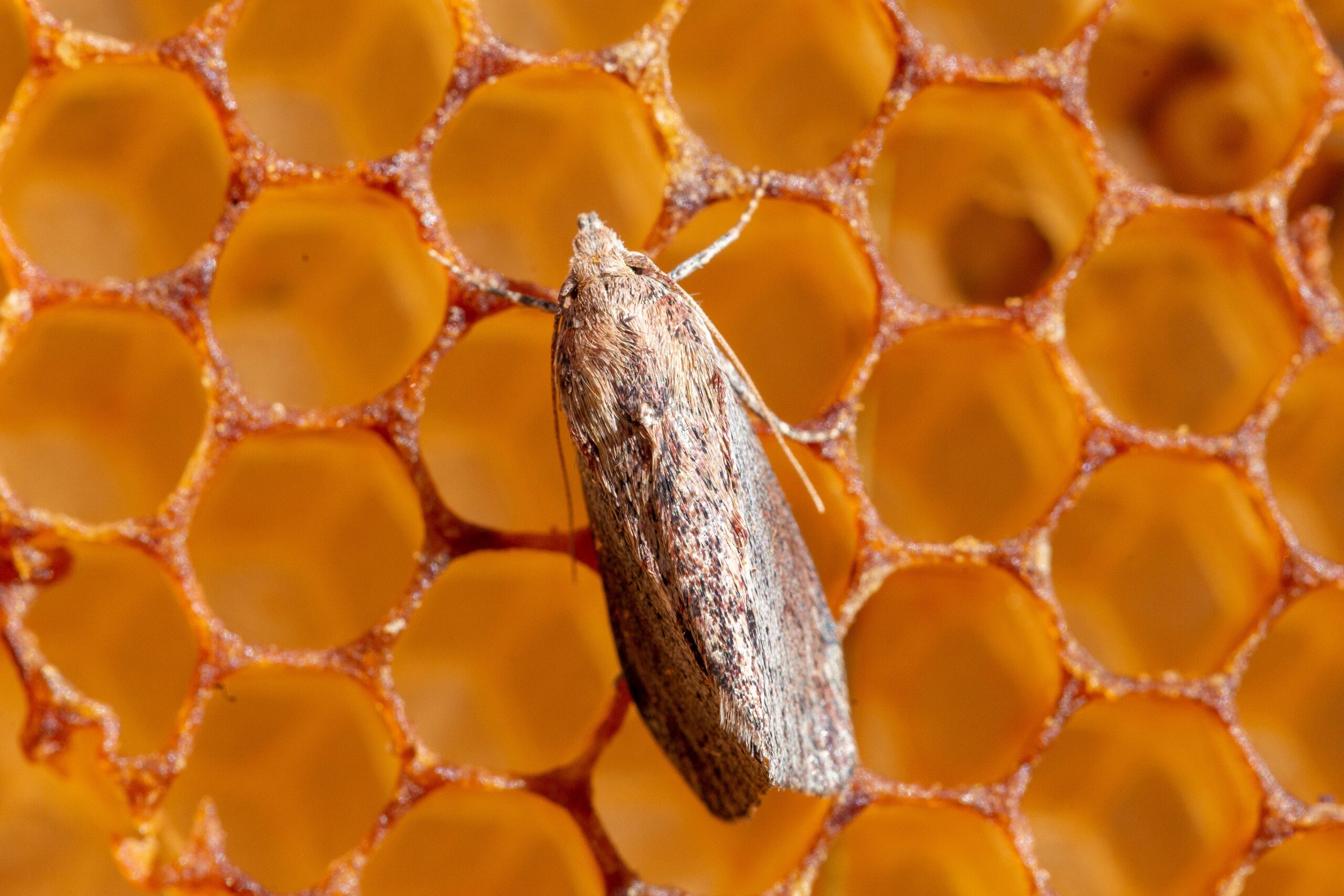
The greater wax moth, though often considered a pest in managed beehives, plays a surprising role in pollination. These moths are active at night, feeding on nectar and pollinating various night-blooming plants. Unfortunately, their populations are declining in some areas due to habitat loss and the destruction of natural beehives. They remain more common in certain regions, but their ecological role and population numbers are often underestimated. Protecting their natural environments could help preserve this species.
Hairy-footed Flower Bee (Anthophora plumipes)
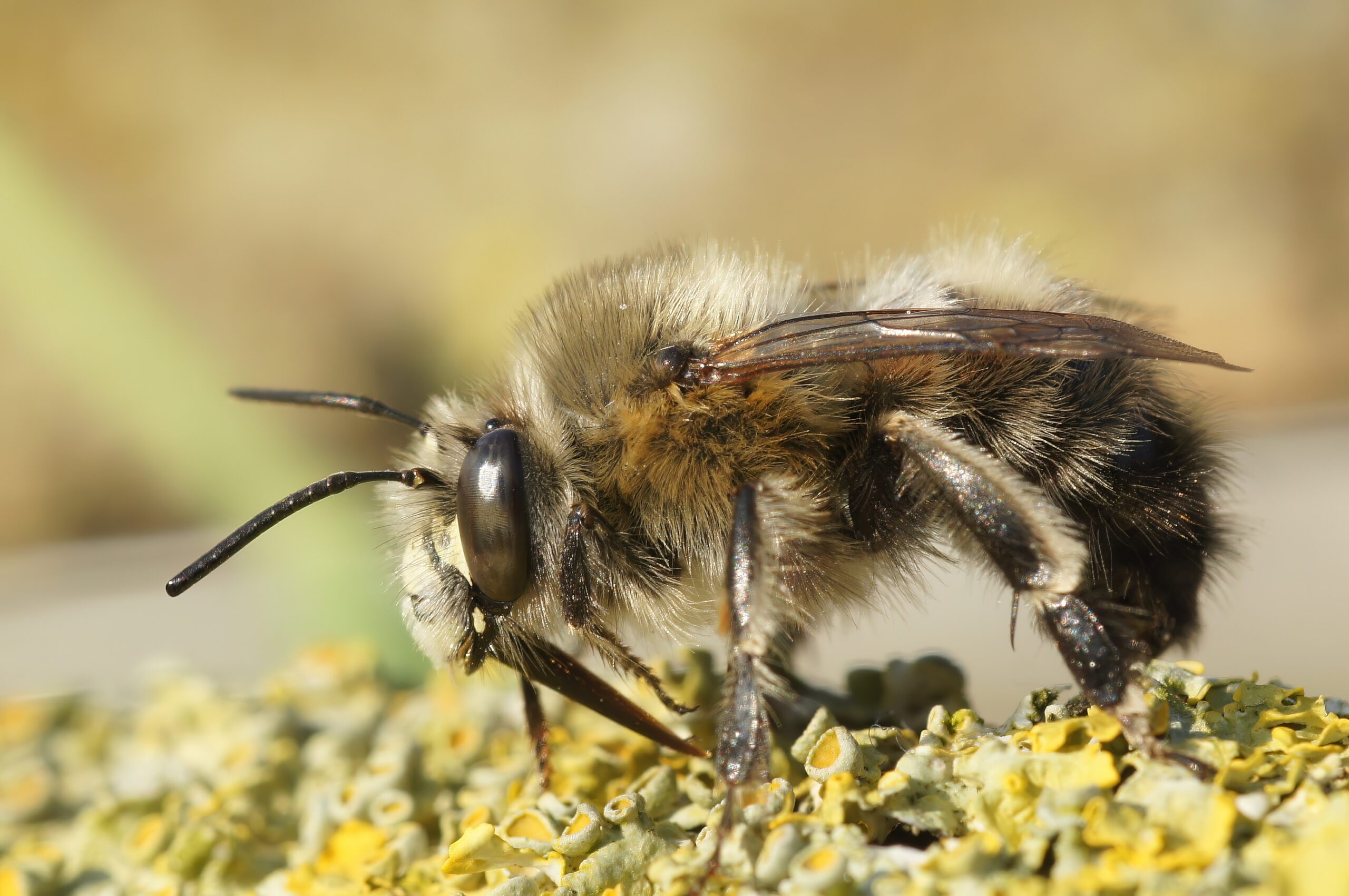
The hairy-footed flower bee is a fast-flying, solitary species that resembles bumblebees and is essential for pollinating early-blooming plants. These bees are known for their unique hovering flight and ability to pollinate spring flowers like lungwort. However, habitat loss and climate change have led to localized population declines across Europe. Exact population figures are unclear, but their presence is becoming rarer in several regions. Efforts to protect wildflower meadows could help restore their numbers.
White-lined Sphinx Moth (Hyles lineata)
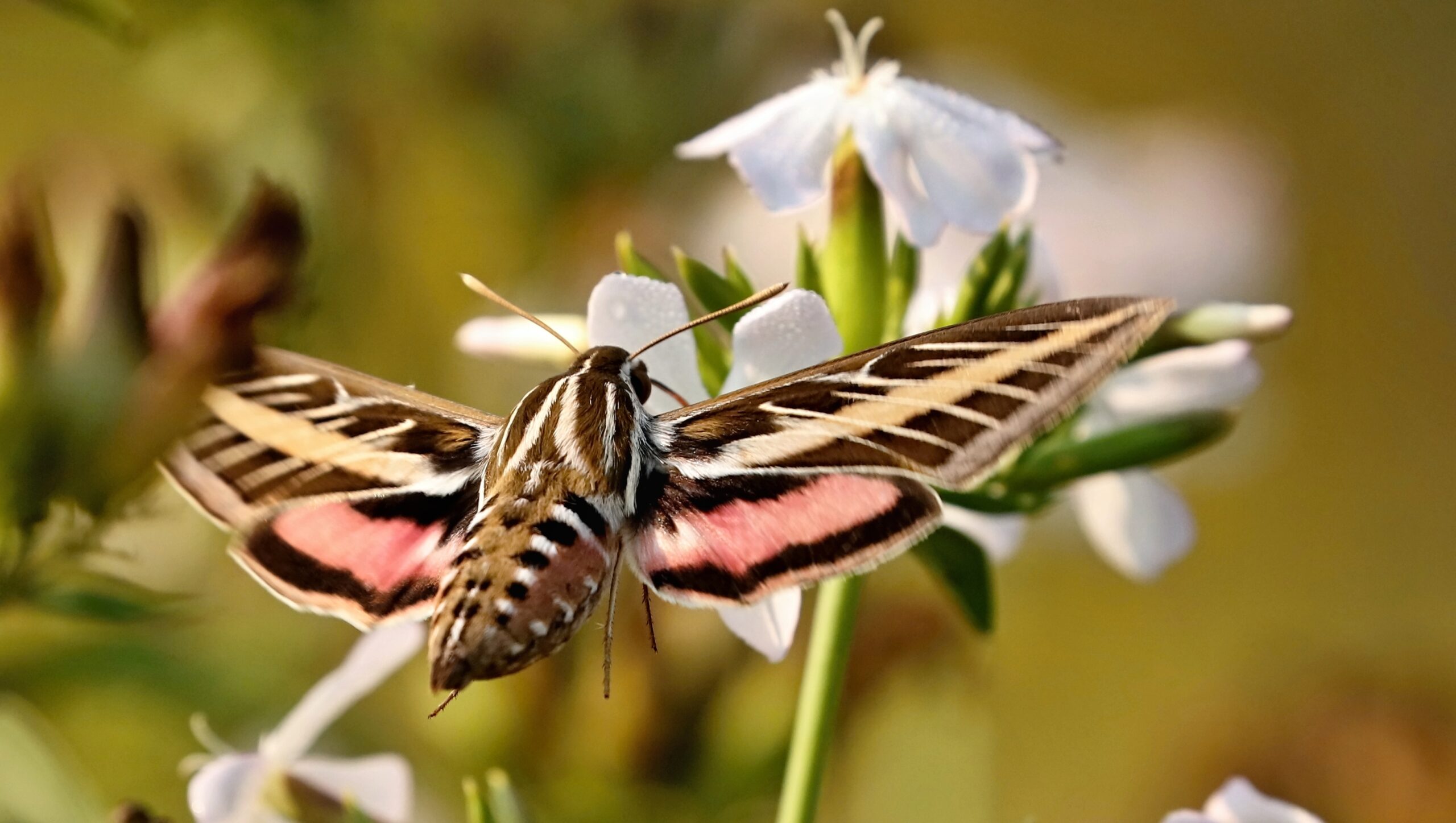
The white-lined sphinx moth is a large, fast-flying moth that plays a crucial role in pollinating a wide variety of flowers, particularly in desert and coastal ecosystems. These moths are active both day and night, making them versatile pollinators. Population declines have been reported due to habitat loss and climate change, especially in North America. Though still widely distributed, their numbers have seen regional reductions. Conserving their habitats is key to maintaining their pollination services.
Ashy Mining Bee (Andrena cineraria)
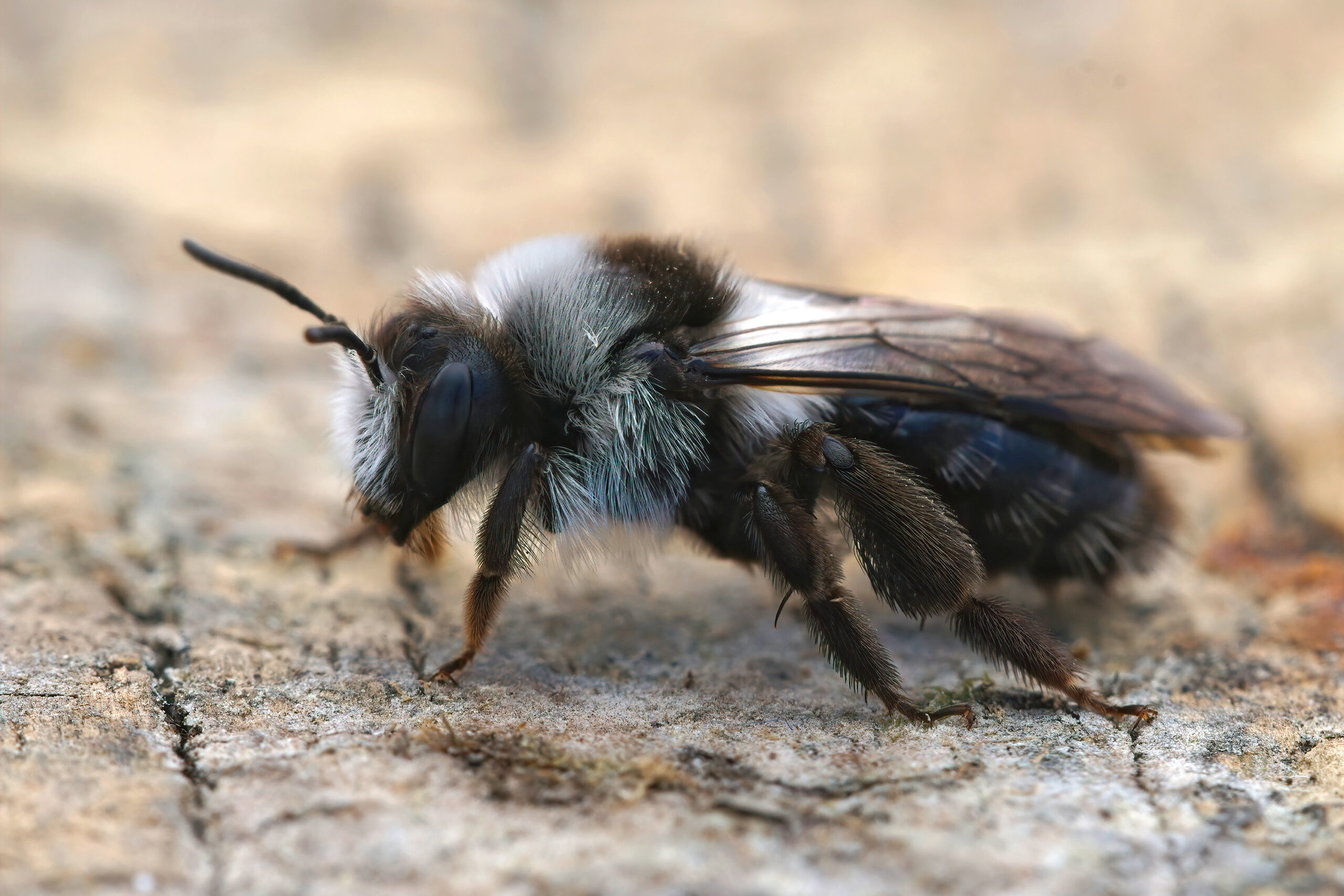
The ashy mining bee is a solitary ground-nesting bee found across Europe. Known for its distinctive black and white coloration, this species is vital for pollinating early spring plants such as fruit blossoms. Despite its importance, habitat destruction and agricultural practices have caused their populations to decline. Their current population is scattered and often isolated in pockets of suitable habitat. Protecting natural landscapes and reducing pesticide use could help stabilize their numbers.
This article originally appeared on Rarest.org.
More from Rarest.org
13 Obscure Musical Instruments Now Fetching High Prices

Forgotten musical instruments, once pushed aside by modern innovations or changes in musical tastes, are now experiencing a resurgence in value. Read More.
12 Iconic Guitars Owned by Legendary Musicians That Command High Prices

Iconic guitars have played a major role in shaping music history, often becoming as legendary as the musicians who wielded them. Read More.
15 Unique Salt Flats That Create Mind-Bending Illusions

Salt flats are among the most surreal and stunning landscapes on Earth. Read More.
